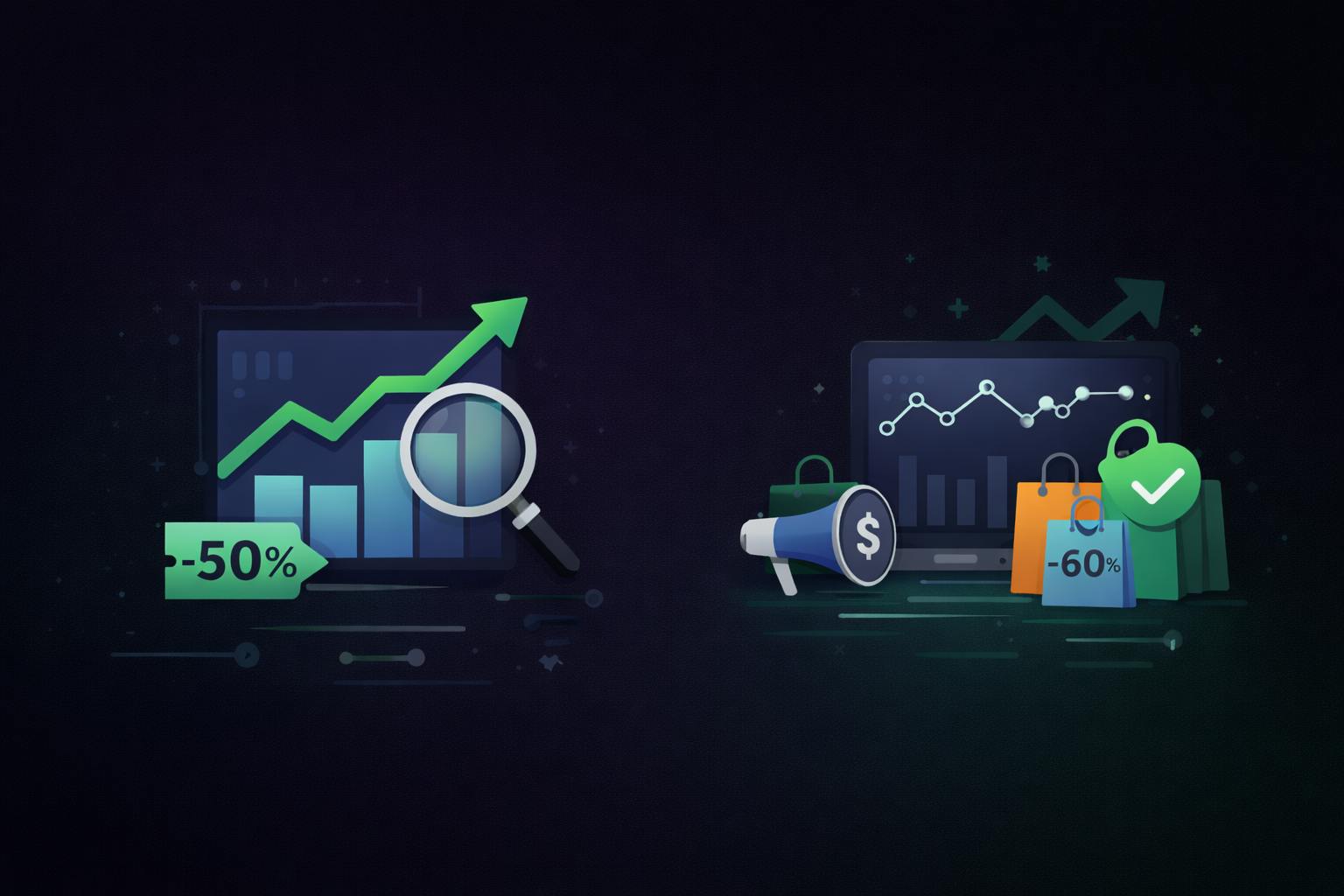Apple’s calling iOS 26 the biggest update for iPhones in a while, and it does have a lot of new features to show for. However, if you look closely, you’ll realize that many of the new tricks are oddly familiar because Android phones have had them for quite some time.
From Call Screening to Live Translation and even charging timers, Apple seems to be borrowing more features from Android than ever.
I’ve Seen the Dynamic Lock Screen Clock Before
With iOS 26, you can modify the size of the lock screen clock to the extent that it occupies nearly half of the screen. While the clock is supposed to change its size dynamically based on your wallpaper, you can also adjust it manually too.
Yes, this is a novel addition, but it’s not something Apple has thought about from scratch. For years, Android phones from both sides of the price spectrum have allowed users to adjust the lock screen clock’s size, along with the font, color, and style.
Android Phones Have Had Charging Timers for Years
Another minor yet crucial change to your iPhone’s lock screen is the addition of the charging timer. When plugged in, iPhones with iOS 26 display the time left until the battery charges up to 80%. It doesn’t change the way you charge your iPhone, but it does give you an idea of when you’ll have roughly a day’s worth of battery life.
However, this particular lock screen feature has been part of the Android operating system and several other custom user interfaces built on top of it for years. It’s safe to say that the charging timer is yet another page the company has taken from Google’s playbook.
iOS 26’s Adaptive Power Sounds Like Google’s Adaptive Battery
Adaptive Battery is a feature on Android smartphones that extends the battery life by limiting background app activity, learning your usage habits (including the charging times), and reducing performance.
Apple has introduced a similar feature in iOS 26 called Adaptive Power (Settings > Battery > Power Mode). It’s available on all the iPhones that support Apple Intelligence, which means iPhone 15 Pro models or newer.
Like the Adaptive Battery feature on Android, Adaptive Power extends the battery life “by making performance adjustments” when the “battery usage is higher than usual.” However, unlike its Android counterpart, the feature relies on machine learning to predict when your iPhone will need additional battery life.
Pixel Phones Have Had Call Screening for Years
Another big iOS feature that Apple has borrowed from Android is Call Screening. As the name suggests, the feature helps iOS 26 users screen callers based on their name and the reason for the call (a robotic voice collects this information and displays it on the screen as your iPhone rings). The feature utilizes Live Voicemail to display a transcription of the caller’s words.
However, the Call Screening feature is a few steps behind Google’s Call Screen. First, the latter’s AI bot is much more conversational; it feels more natural. On newer Pixel devices, the bot can also generate contextual responses based on what the other person is saying. Google also offers automatic filtering, while Apple’s feature simply collects all the information and lets you make a decision.
This isn’t one of the cases where Apple copies something from Android and improves it, but it surely bridges the gap in day-to-day features that utilize artificial intelligence between Android and iOS.
Hold Assist Is Similar to Google’s Hold for Me
Another iOS 26 feature that already exists on the Android operating system is Hold Assist. The idea is to save you from the misery of waiting on hold and hearing the annoying music for an uncertain amount of time.
Hold Assist automatically detects when an agent puts the call on hold and shows the “Hold This Call” prompt on the screen. Once you enable the feature, it actively listens to the call and informs you the moment a live agent is available. While it notifies you with a ring, the feature also tells the agent that you’ll return to the call shortly.
It’s great that iOS 26 users can now step away from their phones without worrying about the annoying hold music and missing the agent’s return, but the feature has already been available on Pixel phones for around five years (seriously, Apple, you’re being way too slow).
Samsung Beat Apple With Live Translation for Calls
In 2024, Samsung introduced Live Translate for voice calls, powered by Galaxy AI. The feature enables real-time voice translation that takes place entirely on the device (as long as you have downloaded the required voice pack). Roughly about a year and a half later, Apple has equipped its latest iPhone operating system with a similar feature called Live Translation.
However, this is one of the few instances (like the always-on display) where I prefer Apple’s implementation. In iOS 26, translations are spoken over the other person’s voice, which helps maintain a natural flow in the conversation. With the AirPods Pro 3, you can have a hands-free conversation with someone who speaks a different language, without using the iPhone.
Apple Wallet Finally Supports Digital IDs
With Google Wallet, Android users can store a digital version of their government-issued ID, such as a passport or driver’s license, within the Google Wallet app (the feature has been around for over six months). This lets users store their physical IDs safely and provides a secure way to verify themselves at select locations, such as TSA checkpoints.
In a future version of iOS 26 (coming in 2025), the Apple Wallet will be able to do the same thing, allowing you to present your digital passport via your iPhone or Apple Watch. To present the ID, you must use the same Face ID or Touch ID used during registration. You can also use the new “Verify with Wallet on the Web” feature to allow websites and applications to access your identity.
Highlight to Search or Circle to Search?
At this point, Google’s Circle to Search is one of the most popular visual look-up features. It recognizes what’s on your screen (or the portion that you’ve circled) and uses the powerful Google Lens visual search to find out more details about the object.
This particular feature has arrived on iOS 26 as “Highlight to Search.” You see what Apple did there? Everything about the feature — the animation with which it marks the selected portion, to the way it fetches the available information from Google — is awfully similar to Circle to Search.
iMessage Backgrounds and Polls Aren’t Entirely New
This is not exactly something that belongs to Android, but rather something that has been available for both Android and iOS devices as part of third-party messaging services, such as WhatsApp. I’m talking about custom chat backgrounds and polls in group chats.
With iOS 26, you can create custom chat backgrounds in Apple Messages, using the Image Playground tool, setting a personality or tone for a chat. In group chats, you can create polls to factor in everyone’s opinion before deciding on a place for a group outing or the movie everyone’s watching on the weekend.
Apple Maps’ Visited Places Is “Borrowed” From Google Maps Timeline
There are plenty of similarities between the new Visited Places feature on Apple Maps and Google Maps Timeline. First of all, both of them are optional features that are disabled by default (which is a good thing). When enabled, they automatically track your location to record the places you visit, such as restaurants, cafes, movie theaters, or even cities. Later, you can review the Visited Places history and revisit a place.
While both features allow you to share your visited places, organize them, and delete your history, Apple Maps goes a step further by utilizing end-to-end encryption to store the data.
With iOS 26, Apple is closing the gap with Android by adopting several features that have already been around for years. While some of them are more polished than their Android counterparts, others still have some catching up to do.
Check out our list of 10 iPhone settings you need to change after upgrading to iOS 26. Fancy exploring some hidden iOS 26 features? Here are 14 of them to get you started.


















